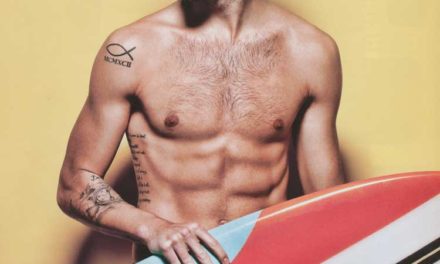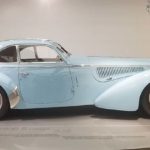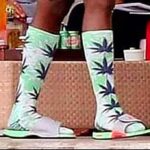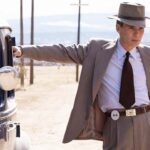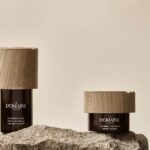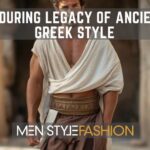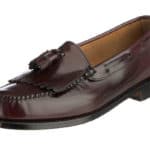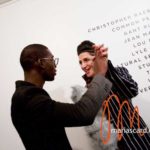Types of Modelling
The market determines what models are needed. These needs tend to cluster into market segments and allow us to look at types of models. It is important to understand the type of model you want to be. By understanding the type of modelling you are interested in you can learn what the requirements are and if you can meet them. This also helps in avoiding getting ripped off. I have seen the greatest number of rip-offs and bad business decision happen when a wannabe model is thinking of one type of modelling (usually high fashion) and a scout, agent, photographer, etc. is recruiting for another (lifestyle and glamour). So it is very important you understand what type of modelling you are interested in.
Fashion Modelling
The Garment and Beauty product industries are large users of models. People want to see what clothes or beauty products look like on somebody. Your high-fashion, designer-label garments, are designed for what fashion designers view as the “ideal woman.” This is someone tall and slender, somewhat leggy, with a swan-like neck and very young. In major markets like New York, this is someone who is 5’9″ to 6′ tall and from a size 8 to a size 0 depending on what is in. For men it is at least 6 foot tall and a 40 regular – of course, you have to have that “look” to go with the clothes. In secondary markets, we would like to have this but often work with fashion models that don’t meet these measurements. It is more important you just have a look of being tall and slender and that the sample clothes will fit you. The “look” can run from classic beauty to some extreme looks for fashion.
If you are going to work in front of the camera you need to be photogenic, and you won’t know until you do a test shoot. Usually, the face is an oval shape, with symmetry to the facial features. Eyes are almond shape. The cheekbones should be strong and nose straight and proportioned. Lips should be full. All of this just puts you in the general category; from there it is a matter of what the market demands are.
On the money – Top New York High Fashion models (there are just a handful of these folks) make more money than any other models (As high as eight million a year). By contrast, a model doing a fashion show at a local mall may get paid nothing. This shows the wide range of income one might expect in fashion modelling. Most folks who try to make it as fashion models will earn almost nothing so don’t quit your day job.
Fashion Editorial Modelling
Vogue, Elle, Glamour, Cosmo, etc. – these and many other magazines today that focus on fashion have lots of editorial pages they must fill each month. Many of these editorial pages feature models wearing what the magazine thinks will be the next trend in fashion. Editorial work does not pay as well as other types of high fashion modelling but it is great for building a model’s reputation and getting tear sheets for one’s portfolio. Also, because fashion magazines are not as constrained as advertising work, they can use more ‘extreme’ and ‘special beauty’ models in their pages.
Fashion Runway Modelling
Clothing designers traditionally show their new collections twice a year (Fall and Spring) to perspective (store) buyers. (buyers is a keyword here, if someone is putting on a fashion show without buyer then it is entertainment) As an example, the New York Ready Wear shows just finished with 110 designers presenting collections for Fall 2000 (post 9/11 the number of designers has fallen 30%, note 2010 slow economy has not been kind to the fashion industry). Designers present these collections to a gathering of buyers by sending models down a walkway or runway. How well a model brings the clothes to life and shows important features of the garments can determine how well they sell. So it is worth it to a designer to have the most ideal models show these collections. This leads to why models have to meet very strict requirements and why they get such high fees for this type of work (modelling agencies have also forced up fees). These young models tend to be very tall, slender and move very well in clothes.
Fashion Catalogue Modelling
There are a lot of clothing catalogues produced. These catalogues, whether a business-to-business, store or direct marketing, require models to pose in the clothes they are trying to sell. Generally, catalogue models are picked for a project because they represent the ideal of the market segment for which that catalogue is targeted. Often times this is the classic beauty – tall, slender, healthy, and beautiful. The marketing idea is for transference, i.e. if you buy these clothes you will look as nice as the person pictured in the catalogue. Catalogue modelling usually pays well because of the volume of photos that must be taken.
Fashion Print Modelling
This is fashion and beauty for print advertising. It can be display ads or collateral print materials. This is the most demanding work to get but pays the best because of usage and exclusives (this is where models make millions). These are the ads that can make or break a designer’s reputation. With these ads, it is very important that the concept, photo, and model work perfectly to convey the ‘image’ that is wanted.
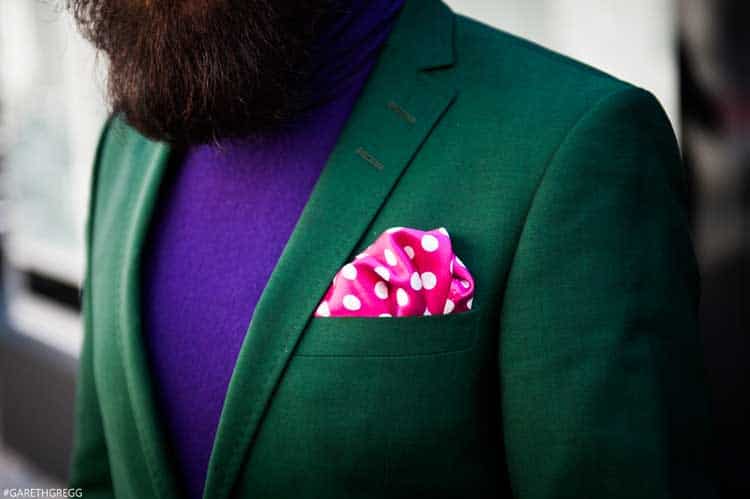
Fashion Showroom Modelling
Modelling for buyers in the designer’s showroom. This is lower pay but very regular work; it could even be a full-time job. Only happens where there are designer showrooms.
Fashion Underwear Modelling
Because this type of modelling may be more revealing it requires very good body tone and proportions. For men, mainly a good six-pack and a good pocket will do.
Fashion Swim Suit Modelling
Again, more revealing requires excellent body tone and a healthy look.
Fashion Fitness Modelling
As health and fitness has moved more into the public consciousness a greater demand has grown in this type of modelling. Of course being in the city with the corporate headquarters for Nike, Adidas, and Columbia Sportswear makes it very noticeable here. Where once everyone exercised in baggy grey sweats, fitness attire continues to evolve and become more every day wear. Add to this all of the fitness, health, and outdoor lifestyle magazines that are on the newsstands and you have a fast growing category for modelling.
Fashion Fit Modelling
Fit models have the perfect proportions for a given clothing size. Garment manufactures and designers hire fit models to use to piece together new creations, see how they move, and develop their patterns. The key for a fit model is to never gain or loose an inch. A clothing manufacturer may hire a fit model as a permanent salary position. It is one type of legitimate modelling that you can see advertised in the classified section of the newspaper.
Fashion Informal Modelling
This once was very popular (the ’80s) in smaller markets. Usually it would be at ladies’ lunches where models would wander between tables wearing designer clothes from local fashion boutiques. The models would describe the outfit they wore and where to buy it. Not big money, but a place to start and gain confidence in a small market.
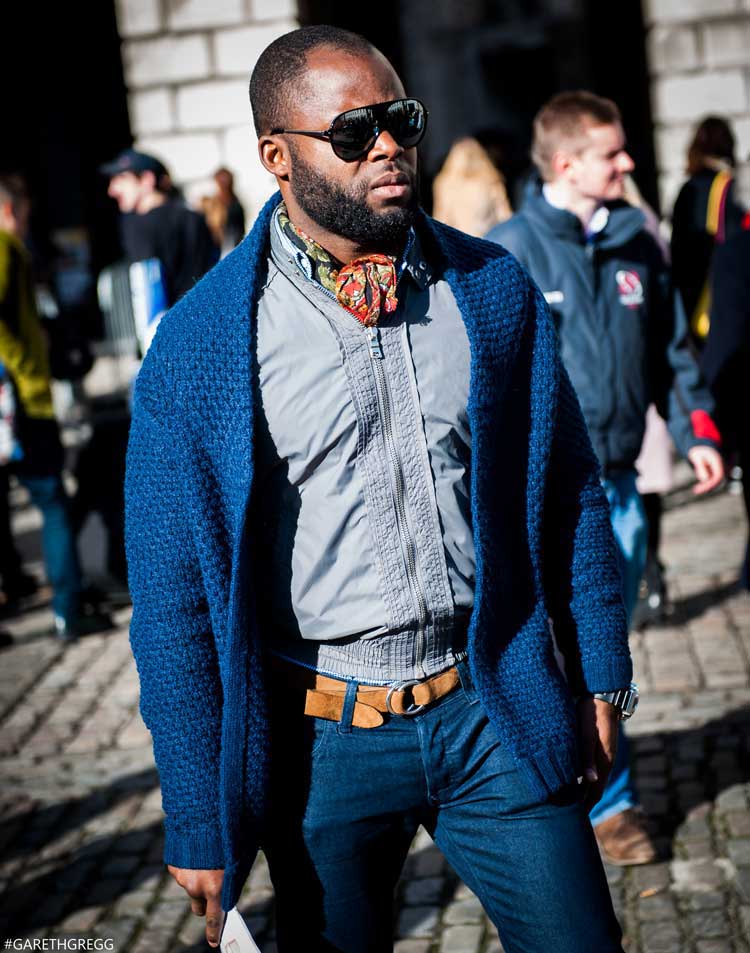
Further Divisions
These categories can have further sub-categories for size – petite and plus, and for age – children, pre-teen, and mature. Petite size models usually are 5’2″ to 5’6″. Plus size is the same height as standard size models but size 14 -16. Main stream models usually start in around 14 years of age and go to their early twenties. Obviously pre-teen is before this age and mature is everything after it.
A category of modelling will only be found where there are clients to support it. Since almost all of the fashion magazines are based in New York, that is where you will find work in the fashion editorial modelling category.



